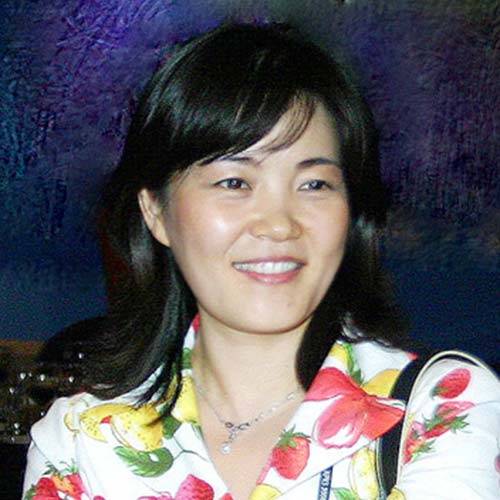

MECI is a total management company with a great deal ofexperience as a PCO (Professional Congress Organizer),DMC (Destination Management Company), AMC (Association Management Company), PEO (Professional Exhibition Organizer), as well as with M&E (Meetings & Events), Travel & Housing Management, and IT solutions.
Across the world today, ubiquitous and digital information based technologies are becoming an increasing part of our lives. As their application becomes more widespread across society in general, so too does their impact on the meeting industry. Harnessing the latest in cutting edge technology has improved efficiency in conference administration including registration processes and session room operation, often with cost effective and environmentally friendly implications.
The meeting industry is also experiencing great change in the area of internet networking. It may not be long before face to face meetings will be replaced by video conference or 3D web meeting for the sake of cost savings. International meetings via web conference technology will be mainstream, not only to save expenses but for sustainability reasons too. Where there may be gaps in new technologies, appropriate investment in training, upgrades and education will allow such technologies to benefit the meetings industry immensely. However, in order for this advancement to occur, PCO's will have to embrace it'svarious applications.
Improvements in information technology means that many aspects of convention planning are now online; advertising, social media marketing, management of B2B suppliers and CRM for participants & suppliers. Meeting planners, conference sponsors and participants are increasingly taking advantage of new technology application with ERP (Enterprise Resources Planning) software. Video conferencing is assisted by WAN Application Delivery (WAD) technology while Cisco, Polycom and Tendberg have practical cost efficiencies when interviews, questionnaires and staffmeetings are needed.
Information technology is increasingly used to create aubiquitous computing society whereby necessary information can be accessed by anyone, anytime, anywhere through the convergence of advanced, unobtrusive technology, particularly wireless, and the internet. Some of the applications of ubiquitous technology with direct benefit to the meeting community include:
RFID systems transmit the identity of an object or person wirelessly using radio waves. It is increasingly used with biometric technologies for security.
Users can access the Internet at high speed by PDA or laptop computer through the LAN and/or IrDA (Infrared Data Association) in every possible AP (Access Point). This is particularly useful with temporary networks that are typically available at conventions and exhibitions.
Wan (Wide Area Network) Accelerator is a solution to accelerate the speed of data transmission of websites connected to broadband (B-ISDN). It is very helpful to improve data transmission without extra infrastructure, enhancing some functions like video conferences, various registratrion devices and in-and-out control.
Mobile service as a part of urban life facilitates the exchange of data in an interactive way via the internet. As its service rapidly grows, customers can share and retrieve copious amounts of information.
Wireless network for the next generation, Zigbee, which was derived from the zigzag type dance of a bee, is a technology for ubiquitous computing & LAN communication within a 10-20 m boundary. The Zigbee gadget can either transmit or receive small amounts of information like on/offcommands and temperature level adjustments. When applied to the convention industry, it enables the elimination of cables, in-and-out controls, anti-intrusion, electrical installations, emergency controls and real time global positioning checks on Indoor LBS function.
6. Video Conference System VCS enables meetings to convene by means of camera or live internet streaming, saving time and expenditure in travelling and also lessening the impact of global travel and carbon emissions.
VRC is advanced technology for video conferences; by transmitting holograms users feel like they are located in the place where their message is being delivered. Prince Charles for example sent a 6 minute hologram message with a 3D image from Clarence House to the attendees of the Global Conference for future energies in Abu Dhabi, UAE.
Digital technologies are now impacting on the entire life-cycle of meetings and events, from the online registration, the promotional activities and the delivery of the meeting itself, right through to the reporting and analysis of its success. Its influence can be seen in all aspects of planning, delivery and analysis of any meeting or event.
While technology can never replace the importance of face-to-face meetings in building contacts and generating business opportunities, it will allow people to connect and engage with each one in new ways, ultimately enhancing the personal connections made.